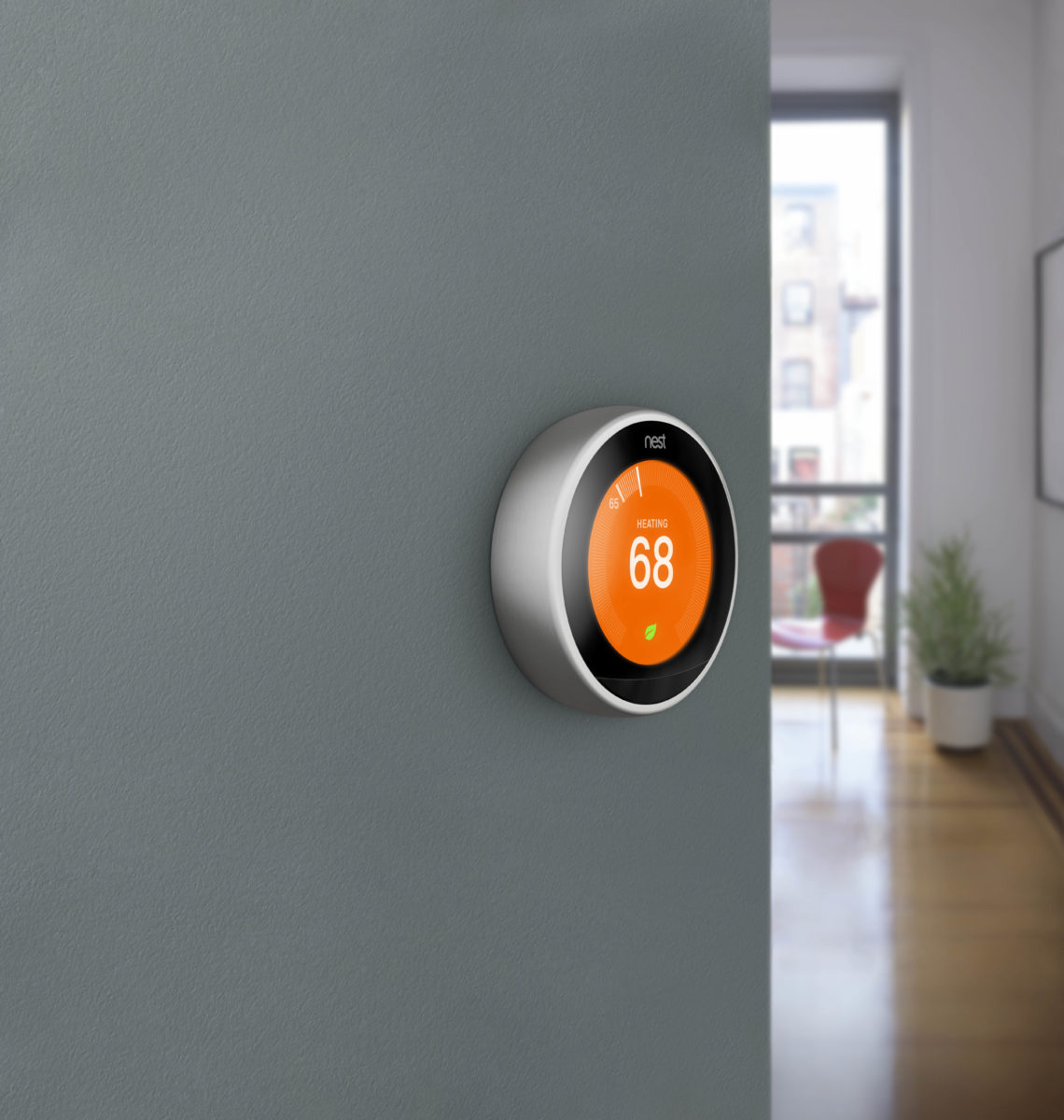This winter season might actually be the last chance for the European energy industry to establish itself in the connected home space, and to own part of the customer relationship. It is extremely likely that this market will soon be attacked by giant companies such as Amazon and Apple, and by large telcos and retailers entering similarly to how O2 and Dixons Carphone have started doing to do in the UK. These companies will most likely own the customer relationship if they succeed, and the energy players will have reduced market power if they try and work with these companies to play in the market.
With around 2M properties now equipped with either a smart thermostat or connected room controls, it is clear that energy is the leading vertical of the European connected home market. While this number looks like a promising start, Amazon has already equipped 3M houses in the US with its Echo product, in far less time than the Europe’s energy numbers.
Based on our bottom-up country-by-country analysis, we believe the connected home ‘energy’ market will reach nearly 4M new customers, annually, by 2018. But who will capture this growth? Certainly committed companies like British Gas, Bosch and Eneco think they can capture part of it and are investing accordingly in the space – i.e. British Gas has earmarked £500 million ($6.2 million) to spend in connected home over the next 5 years. Eneco also has over 300,000 customers on the Toon platform, which sometimes includes PV generation monitoring if the customer owns PV panels. However, the market will need more energy suppliers, more HVAC manufacturers or more heating servicing businesses with the same mind-set of strategic investments in connected homes to keep up with the deluge of non-energy companies eyeing up this market.
Despite lots of activity from large energy retailers (e.g. Engie just announced launching the Quby platform in Belgium), I have started to see some negative signs from the energy industry in the European connected home market. Here are 4 reasons why:
The Nest hype
By ‘Nest hype’ I mean the great publicity that Google’s Nest created for the market in its early days. This is clearly over, and companies have to battle against their senior executives, who are arguing “Google can’t seem to make it happen, how could anyone else?” Instead of investing strategically for the long term, these companies might focus on short-term tactical moves to try and secure quick profits – which could be a difficult challenge, or even temporarily step back like Nuon has in the Netherlands.
Sales so far
Most of the sales so far have come from established energy services businesses, like British Gas or Eneco boiler installation and service cover businesses. However, if the mass market is to happen, it won’t only happen through cross selling smart thermostats with boiler maintenance contracts. Products need to be actively pushed through multiple channels, like e-tailers, DIY retailers, DIFM (Do It For Me) retailers etc. Very few companies – if any – are successful through that many sales channels. Eneco already understood this, and is now selling the Toon in retail outlets, where sales people even encourage customers to sign energy supply contracts with Eneco when buying the product.
For those who are going through multiple channels, most customer facing people (installers and sales people on retail floors) are not actively selling connected home products to customers. Euronics (a major electronic retailer) said at the Smart Home Summit in Frankfurt, that they will start specialising a few of their sales people in smart homes, equipping their own properties, so that they can better understand the end-user values, and therefore sell it better! I am convinced this is the way forward for the retail channel but I don’t see too many retailers with the same mind-set across Europe.
Other players have power to disrupt
Amazon is the obvious example I mentioned above. They have the ability to reach out to a lot of customers through an entertainment and convenience product, while they also have the vision that connected homes will enable them to increase their core online retail business.
Like in the U.S., retailers and telcos will attack the connected home market in Europe with ecosystems of devices working together. Vivint announced over a million connected home customers, 10% of which being equipped with the Solar PV panels that the company connects to its ecosystem. These kinds of platforms – if successful in Europe – will be able to cross sell Solar PV in the future, in which case some energy and specialised solar installation companies might be left out of the game with no control over the customer relationship.
Up until now, European energy companies have been lucky that the big global players like Amazon and Apple are focusing on the U.S. market, and that most telcos haven’t been aggressive in Europe. It gives the energy industry a chance to establish itself and own the customer relationship on the energy side of the connected home. This would be hard to replicate for others and can establish a defendable position for energy companies.
However, if the volumes don’t start to ramp up quickly from this winter onwards, it is very likely that ‘the others’ will emerge from everywhere with disruptive ways to capture the customer relationship. The energy industry would be left with no sustainable defence and might have to kneel in front of ‘the others’, or be left out of the connected home market.
We will therefore focus our connected home research over the coming months on exploring the strategy and tactics of some of ‘the others’ – such as European telcos, as well as insurance and security companies, to help energy players better understand the threat coming from this part of the market.
Author: Arthur Jouannic
This content is protected by copyright and may not be reused. If you want to cooperate with us and would like to reuse some of our content, please contact: editors@pv-magazine.com.
